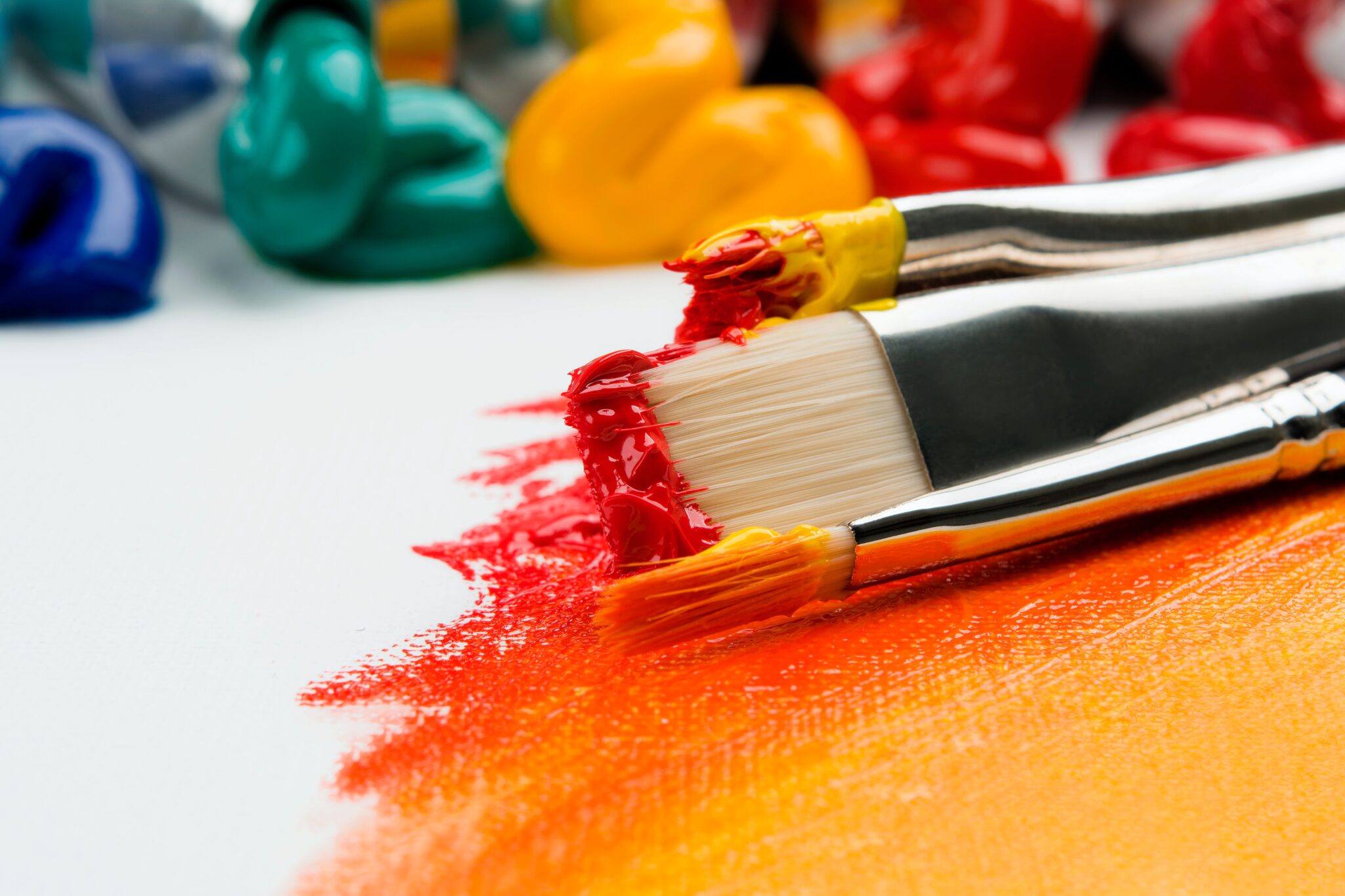In 2016, Mary Stuart Masterson and Beth Davenport, founders of Upriver Studios, had a vision: Bring quality jobs in film and television production to New York’s Hudson Valley and implement environmentally sustainable practices while doing it. Six years later, having inked a deal with an HBO Max TV series, Upriver Studios operates a thriving, climate-forward production facility that has created nearly 200 jobs and helped bring $57 million in film and TV production spending to the region.
Upriver Studios demonstrates something that pioneering impact investors have long known, namely that financial returns and positive social impact can go hand-in-hand. In the U.S. alone, $17 trillion in socially responsible and impact investing capital is already at work. In recent years, some of the largest banks, richest families, oldest endowments and biggest pension funds have taken notice.

And it’s been paying off—Morgan Stanley’s study of the performance of nearly 11,000 sustainable mutual funds from 2004 to 2018 concluded that “there is no financial trade-off in the returns of sustainable funds compared to traditional funds, and they demonstrate lower downside risk.”
But in the rush to show that they’re “doing well by doing good,” institutions and individuals with deep pockets have been missing a large swath of the global economy where women, youth, indigenous peoples and other underrepresented groups are thriving: the creative economy. One report from the Global Impact Investing Network estimates that “arts and culture” represent just 0.1 percent of impact investors’ assets under management, demonstrating how important it is to name and frame the conversation around enterprises in creative industries and the real estate space, where creative work happens and creative experiences are shared.
While visionary and diverse leaders have been a fundamental part of the global impact investing landscape for the past 15 years, the largest impact funds lack diverse decision-makers at the very top. This is worrying because fund managers and venture capitalists have been shown to invest disproportionately with entrepreneurs and business leaders who share their gender and race.

This means that the people and institutions controlling how impact investing funds are allocated look a lot like the people and institutions controlling all types of investment allocations. Unsurprisingly, the investors found on Wall Street gravitate towards opportunities in the technology, energy and financial sectors as the best way to deploy their $1 billion impact funds.
At Upstart Co-Lab, we’re working to change that by expanding investors’ understanding of what the creative economy means and the potential it holds for balancing profit with purpose. We’ve grouped the 145 industries that states and regions across the U.S. use to define their local creative economies into five categories: ethical fashion, sustainable food, social impact media, other creative businesses and creative places. We speak in a way investors understand to make the opportunity more accessible and apparent.
The creative economy is one of the most rapidly expanding sectors. Comprising everything from restaurants and bakeries to fashion and film, creative industries are predicted to make up 10 percent of the world economy in the next few years. Potentially transformative in terms of income generation as a source of fulfilling jobs, creative industries employ 30 million people worldwide through the formal economy, plus an estimated 300 million people within the global informal economy.
The creative economy also creates significant opportunity for diverse founders and workers. Among other underrepresented groups, the creative economy employs 285 million women and more people aged 15 to 29 than any other sector. In the U.S. alone, up to 35 percent of all women-owned businesses and 38 percent of BIPOC-owned businesses sit within the creative economy.
Since 2020, the Upstart Co-Lab Member Community—a group of impact investors with an interest in investing in creative industries—had closed and committed $8.85 million in 12 funds and companies expected to deliver social and environmental impact, as well as financial return.
Examples of funds our members are considering now include Runway, founded by Jessica Norwood, which addresses the “friends and family” funding gap for Black entrepreneurs by providing seed funding and holistic business support, and Supply Change Capital, a firm founded by Noramay Cadena and Shayna Harris to catalyze change by investing in BIPOC founders at the intersection of food, technology and culture.
It’s encouraging to see more investors grasping the opportunities that the creative economy brings to their portfolios, but there’s still much more to be done. In the short-term, investors interested in making an impact through the creative economy should:
- Recognize that whatever their impact priorities—jobs, financial inclusion, social equity, environment—the creative economy can deliver;
- Feel assured that their financial risk and return goals across all asset classes and investment styles can be achieved through impact investing in the creative economy; and
- Ask their wealth advisor for impact investing opportunities in the creative economy.
Laura Callanan is a founding partner of Upstart Co-Lab, a nonprofit that connects investors to opportunities for social impact in fashion, food, film & TV, and other creative industries. Read more about how Upstart Co-Lab is disrupting how creativity is funded in its 2021 Impact Report.






